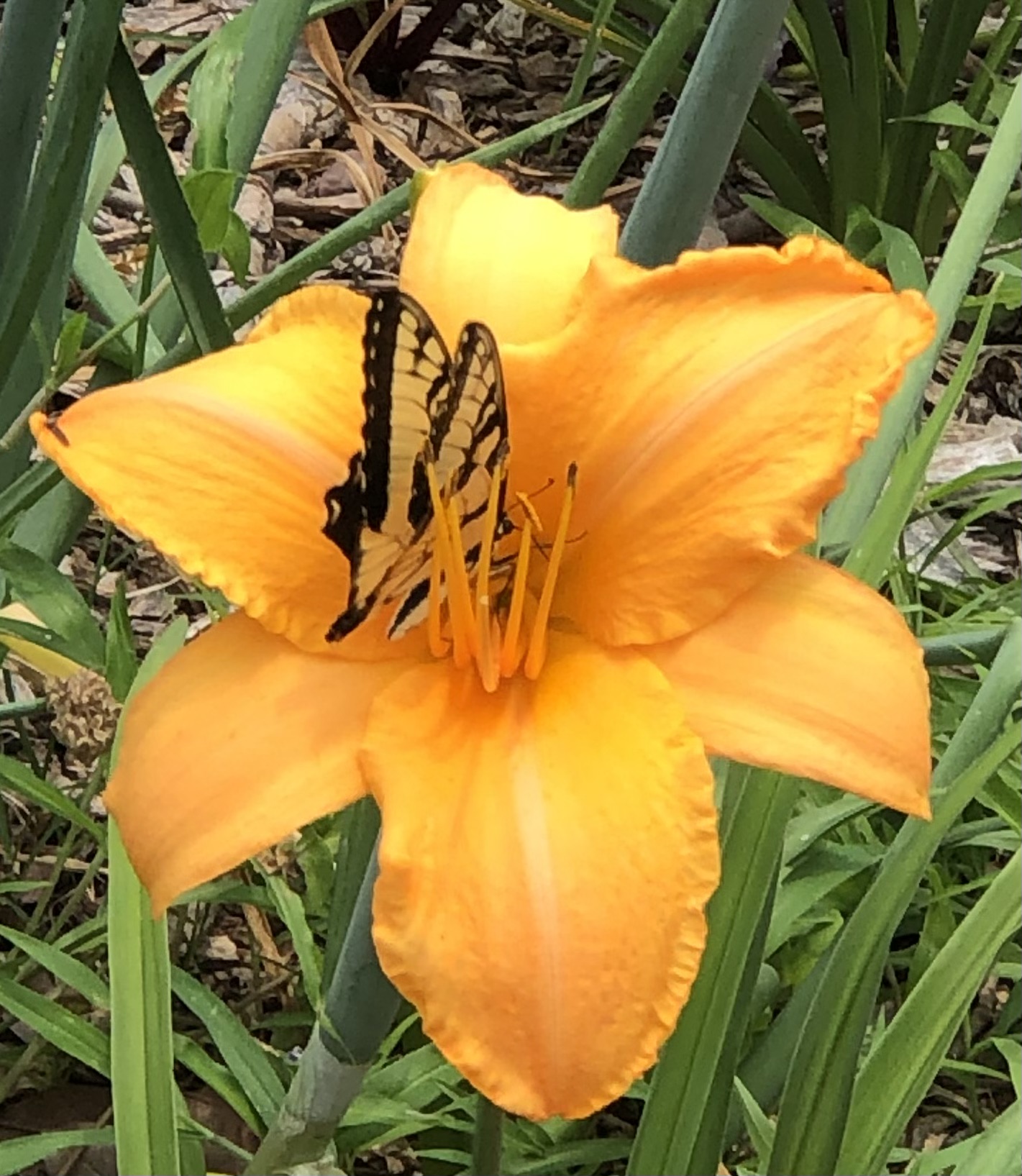 I know everyone has noticed but the heat is here!
I know everyone has noticed but the heat is here!
Late June and July’s warm temperatures support vigorous growth for a wide range of plants. Heat-loving vegetables like tomatoes, peppers, eggplants, okra, and sweet potatoes thrive during this time, producing abundant yields. Flowers such as zinnias, sunflowers, marigolds, and cosmos are currently displaying vibrant colors and attract pollinators. One thing to note however is that many perennial flowers and shrubs reach their peak bloom in July in North Texas. Examples include daylilies, coneflowers, salvias, butterfly bushes, and hydrangeas. Several fruiting trees, such as peaches, plums, and figs, are also bearing fruit and some of those like sand plums are already ripe, while berries like blackberries and blueberries are also ready for harvesting.
That means it’s time to start planning for fall!
This is also the time when we start to see problems with tomatoes, such as blossom end rot. This condition usually results from a lack of calcium in the soil. You might remember your grandmother scattering egg shells throughout her vegetable garden. While this can help, it is easier and faster to use a calcium glycinate or a calcium nitrate in a liquid form. Bone meal is another option, and can be obtained from most butchers, but some people find the smell offensive and it can attract some undesirable pests.
This heat means that having a well functioning and well designed irrigation system is even more important than ever. Transpiration, the amount of water used by the plants and evaporated into the air is through the roof! Deep watering is crucial to ensure the root zone receives enough moisture. Water your garden early in the morning or late in the evening, when temperatures are low, to minimize evaporation. Pay attention to the specific water needs of different plants and adjust watering each zone accordingly.
July is a busy time for pollinators in North Texas, with bees, butterflies, and hummingbirds frequenting your garden. Planting nectar-rich flowers like bee balm, salvia, lavender, and coneflowers will attract and support these essential pollinators. These plants, when watered adequately, will thrive in the heat and provide a source of food and shelter for your pollinators.
We hear this all the time: “I have so many weeds and it’s so hot! What can I do?” Weeds can quickly take over right now. It is so easy to just resign yourself to the heat and let the garden run rampant. That being said, it is critically important to regularly remove weeds from your garden to prevent them from competing with your plants for resources. If you haven’t done so already, it’s now the time to apply mulch around your plants to help suppress weed growth.
Heat stress management can be an issue for some plants in North Texas. The intense heat we experience during July is harmful to some of your little guys. Consider providing shade for heat-sensitive plants, especially during the hottest parts of the day. Shade cloth, or planting taller plants nearby, can provide relief. Other solutions such as misters can provide a dramatic evaporative cooling effect. Water your plants deeply and consider using an organic mulch to regulate soil temperature and conserve moisture.
Give us a call at 877-558-1496, or drop us a line and contact us here, to find out how Desiree can help you create a wonderful garden with a budget you can afford.





